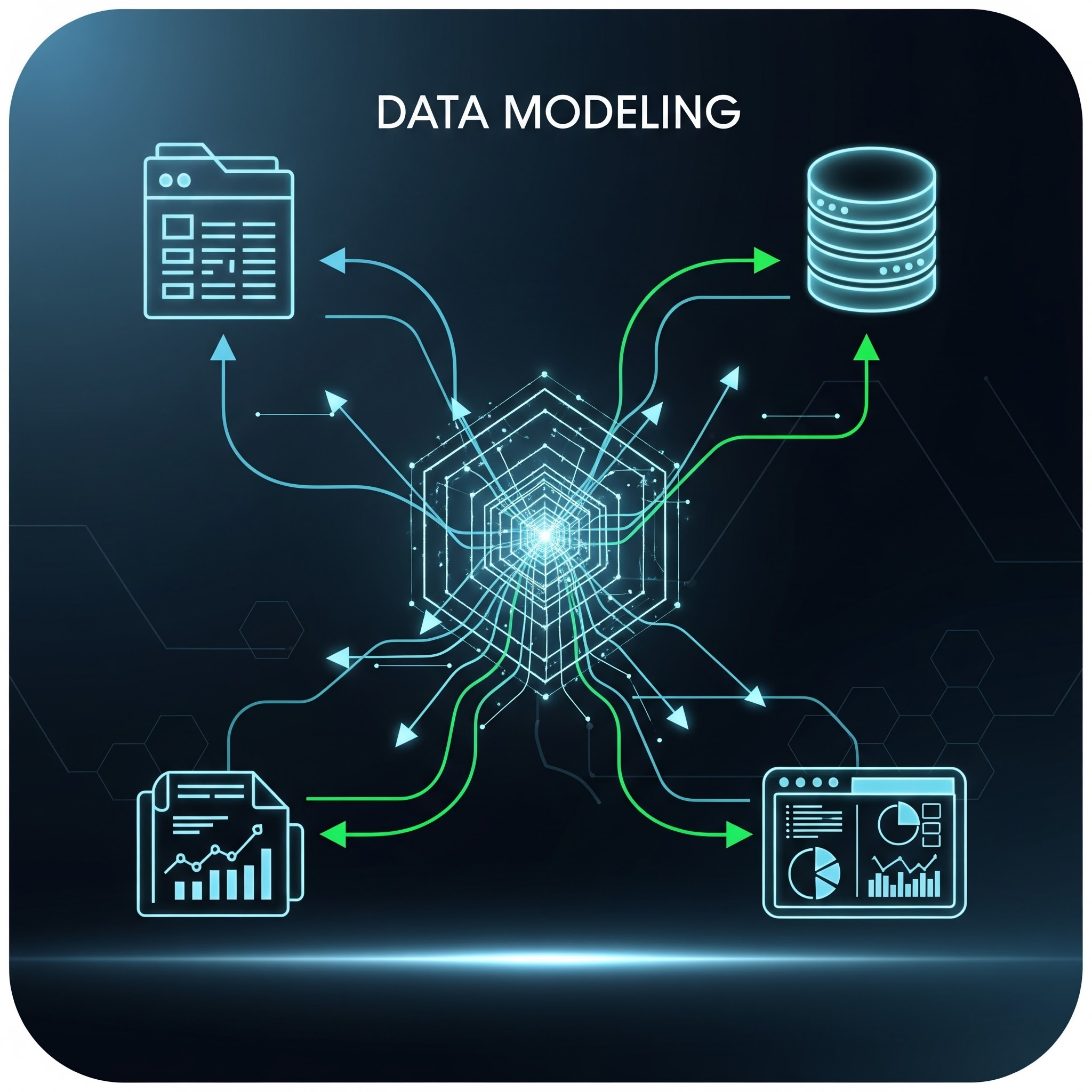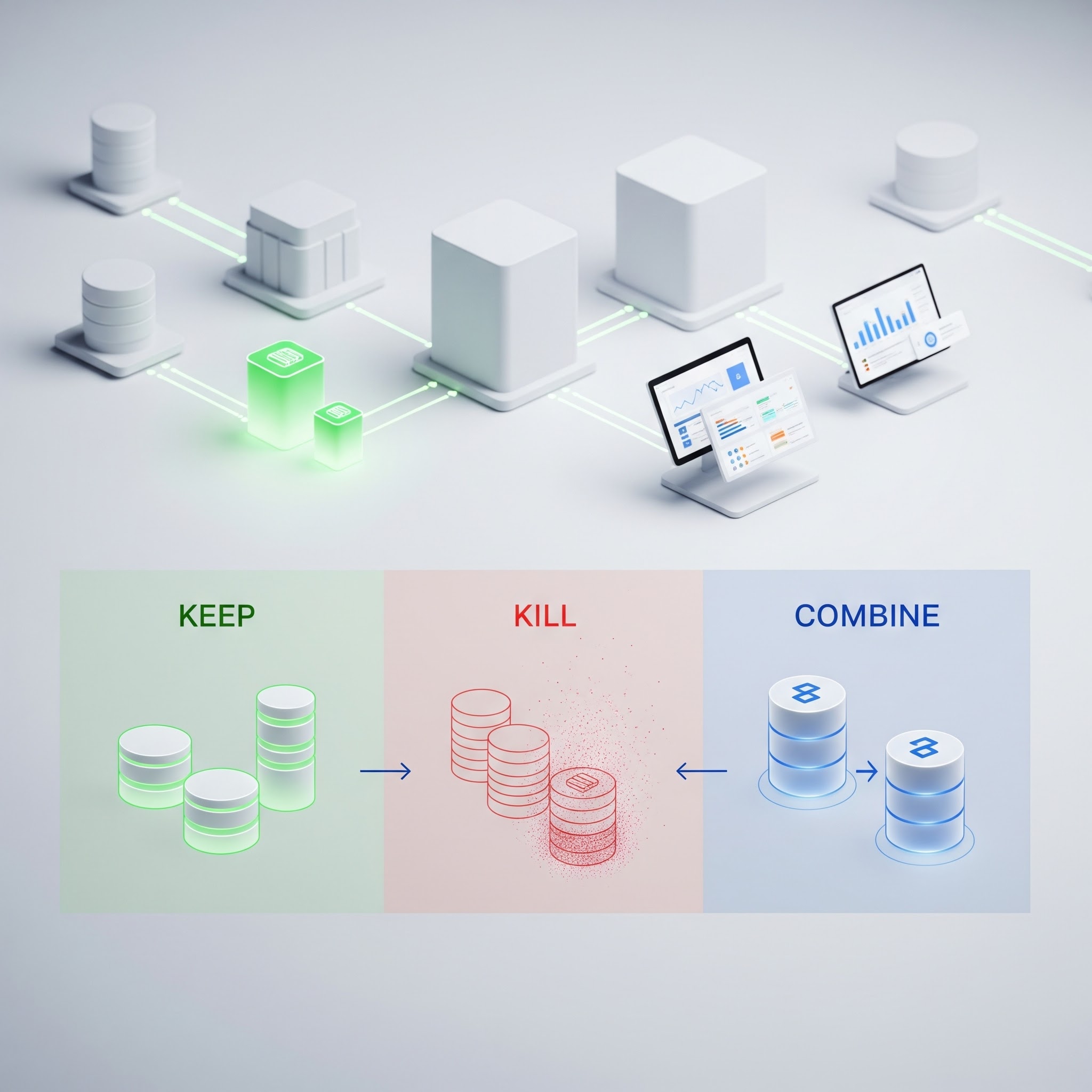Top Skills for Enterprise Data Modelers—and How to Build Them


As organizations become increasingly data-driven, the role of the enterprise data modeler has evolved from a behind-the-scenes architect to a strategic partner in business transformation. Today’s data modelers don’t just draw schemas—they create the frameworks that define how data is understood, used, and trusted across the enterprise.
They build the foundation for alignment: connecting business goals to technical solutions, translating requirements into clear models, and ensuring that data systems reflect how the organization actually works.
Whether you’re a data professional looking to grow into the role or a team lead hiring for a skilled data modeler, these are the top skills every enterprise data modeler needs—along with practical ways to develop them.
- Business domain knowledge
Understanding the business is the foundation of good modeling. This includes knowledge of how the organization works, what key processes drive value, and how different teams define success. Without this context, models risk becoming overly technical or misaligned with real-world needs.
To build this skill, start by embedding yourself in business conversations. Attend planning meetings, review process documents, and speak directly with stakeholders. Practice mapping business processes as conceptual models to sharpen your understanding. The goal is not just to capture data—but to represent the business truthfully in your models.
- Conceptual and logical modeling
Conceptual modeling defines business entities and their relationships using non-technical language while logical modeling translates those concepts into structured blueprints for systems. Together, they bridge the gap between business needs and technical execution.
Study established methodologies like ER modeling, anchor modeling, and domain-driven design. Practice creating conceptual models with business partners before introducing technical constraints. Tools like Ellie.ai support iterative modeling with real-time collaboration and feedback, which helps you refine both your technique and your facilitation skills.
- Communication and facilitation
Enterprise modeling is a team sport. Modelers must be able to lead workshops, guide discussions, and translate between business and technical stakeholders. This means explaining complex structures clearly and encouraging shared ownership of the model.
Hone your facilitation skills by leading small group sessions around glossary definitions or model reviews. Use visual aids, real-world examples, and analogies to make abstract concepts more accessible. Invest in soft skills like active listening, negotiation, and conflict resolution to handle competing priorities.
- Metadata and glossary management
Great models are only useful if people can understand them. That’s where metadata and glossary management come in. These practices ensure your terms, metrics, and models are documented, discoverable, and aligned across the organization.
Learn how to create and maintain glossaries that are directly connected to your models. Document terms in business language and link them to data assets, dashboards, and reports. Focus on clarity, not completeness—start with high-value terms and expand over time. Use platforms that support metadata integration and contextual discovery.
- Tooling and platform fluency
Enterprise modelers need to be fluent in the tools that support their workflow—whether it’s data modeling software, catalog platforms, version control, or collaboration tools. But more than just knowing how to use them, modelers must understand how tools support process and alignment.
Stay current with leading platforms like Ellie.ai. Practice using them in real modeling projects—especially those that span teams. Focus on features that enable collaboration, transparency, and traceability. And remember: the best tools are the ones your team will actually use.
- Data governance understanding
Modelers must understand the governance policies that guide how data is created, stored, shared, and used. This ensures that models are compliant, auditable, and aligned with enterprise risk and security standards.
To develop this skill, engage with data governance teams and familiarize yourself with frameworks like DAMA-DMBOK, GDPR, or your organization’s internal policies. Learn how governance affects data lifecycles and apply that knowledge directly to your modeling work—especially when defining ownership, handling sensitive data, and documenting lineage.
Common mistakes to avoid include modeling without a clear understanding of data access policies, duplicating sensitive data, or neglecting to document how fields are derived or used. These oversights can lead to compliance issues or limit model adoption.
- Change management
Data environments are constantly evolving. A good modeler must be able to anticipate, plan for, and support change—whether it's adding new data sources, adapting to business shifts, or rearchitecting old systems.
Get involved in transformation projects and learn how change management principles apply to data modeling. Build the habit of versioning models, documenting assumptions, and flagging deprecated logic. Work closely with stakeholders to understand how business change impacts data needs—and vice versa.
A common mistake is treating models as one-and-done deliverables. Without ongoing iteration, even the best models can become stale and disconnected from business reality.
- Analytical thinking
Strong modelers bring a curious, analytical mindset to every task. They ask the right questions, test assumptions, and look for patterns that may not be immediately obvious. You can strengthen this skill by working on exploratory data projects, collaborating with analysts, and challenging yourself to understand not just how the data is structured—but why. Analytical thinking helps surface edge cases and identify opportunities for model optimization.
- Systems thinking
Enterprise modeling requires seeing the bigger picture. Systems thinking helps modelers understand how different data flows, processes, and entities interact over time and across the organization.
Practice creating models that show cross-functional dependencies. Map upstream and downstream data impacts. Ask how your model fits into broader business and technology ecosystems. This holistic view reduces unintended consequences and improves resilience.
- Attention to detail
Precision matters. Inconsistent naming conventions, undocumented assumptions, or minor logic errors can derail trust in your model. You can sharpen this skill through peer reviews and meticulous documentation. Build habits around version control and standardization. Use checklists and validations to reduce error rates. A modeler's attention to detail can mean the difference between adoption and abandonment.
- UX and data usability awareness
It’s not enough for a model to be accurate—it has to be usable. Enterprise modelers should design models with the end user in mind, considering how people find, understand, and act on data.
Learn from UX design practices. Sit with end users and observe how they interact with dashboards, catalogs, and models. Prioritize clarity, consistency, and navigability. Models that are intuitive get used—those that aren’t, don’t.
- Strategic thinking
Modelers should understand the strategic priorities of the organization and model data in ways that support long-term goals. This means aligning work with OKRs, transformation roadmaps, or key business initiatives.
Attend strategic planning meetings and ask leaders about their top data challenges. Build models that not only reflect current needs but also enable future agility and insight. Strategic thinking connects your modeling work to the big picture.
- Stakeholder alignment
Enterprise data modeling often surfaces disagreements: different departments might define “customer” differently or prioritize conflicting KPIs. A strong modeler knows how to navigate these differences and build consensus.
To build this skill, develop empathy for your stakeholders’ perspectives. Learn to ask the right questions and frame conversations around shared outcomes. Facilitate working sessions where disagreement is surfaced early. Strong alignment upfront prevents misalignment down the road—and builds trust in the final product.
- Prioritization and scoping
Not every model needs to be exhaustive. Enterprise modelers must be able to scope modeling efforts based on business value, urgency, and complexity. Over-modeling can delay progress, while under-modeling can create gaps and misalignment.
You can refine this skill by working closely with product managers, business leads, or delivery teams. Consider breaking large initiatives into smaller, value-driven domains and build iteratively. Use story mapping or priority matrices to decide where to focus modeling efforts first. The most effective models are the ones that balance detail with delivery.
Enterprise modeling is a team effort
Enterprise data modeling has become a critical link between business strategy and data execution. It’s no longer just a technical task—it’s a collaborative effort that requires input from analysts, architects, and business stakeholders. The best models emerge when diverse perspectives come together to define, structure, and align data around shared goals. By developing these core skills—and using collaborative platforms to bring them to life, you can help your organization model smarter, align faster, and build a data foundation that scales with confidence.
Ellie.ai makes this possible by giving teams the tools to model conceptually, manage glossary terms, collaborate in real time, and connect modeling with metadata. Explore the platform to see how Ellie.ai can help you grow as a modeler—and help your enterprise model evolve with your business.









